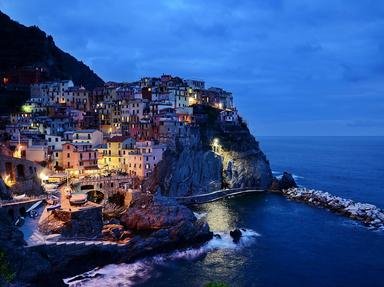Quiz Answer Key and Fun Facts
1. Bernardo Bertolucci was one of the great Italian movie directors. For which of his movies did he cast Robert de Niro and Gerard Depardieu?
2. Who was the first king of Italy, between 1861 and 1878?
3. Which Italian soccer player was the first to win a FIFA World Cup final while over the age of 40?
4. Who invented the mercury barometer?
5. What is the title of the song by Gigliola Cinquetti that won the Eurovision Song Contest in 1964?
6. What is the longest river in Italy?
7. Who is the woodcarver who created the wooden puppet that gave its name to "The Adventures of Pinocchio"?
8. In which novel by Umberto Eco does a travelling monk named William of Baskerville try to solve a series of suspect deaths in an abbey in the north of Italy?
9. Which Roman official was charged (among other tasks) with maintaining the moral standard of the candidates for official functions?
10. Which evangelist is the patron saint of Venice?
Source: Author
JanIQ
This quiz was reviewed by FunTrivia editor
agony before going online.
Any errors found in FunTrivia content are routinely corrected through our feedback system.

